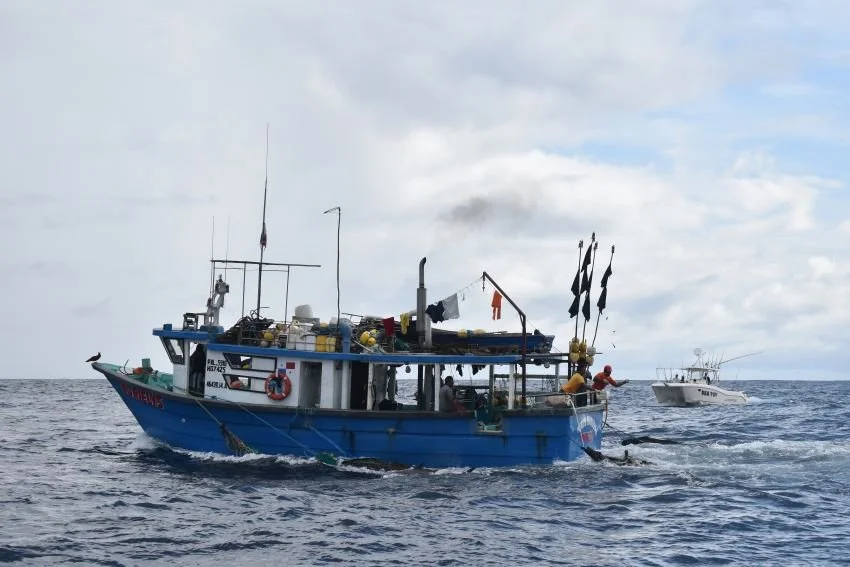A Moveable Feast in Panama
As a bass angler, I’m used to the cover and structure that I fish being more or less stationary. I mean, I know that grass beds change from year to year, new laydowns may dot the shoreline and little drains and ditches may get silted in over time, but when I’m in the act of fishing a particular place it tends to remain more or less the same. Of course, the notable exception to that in bass world is when bass are chasing bait. As blueback herring have spread throughout the southeast, more and more of us have become aware of how to find and catch fish that aren’t tethered to any particular landmark.
Another exception I can think of is anglers who move brush piles with grappling hooks and other tools. Just when you think you know the location of “the juice” someone has dragged it away. It may in some cases take a while for the relocated piles to hold fish, but it’s a good way to prevent others from exploiting your stuff.
What if you combined those two? By that I mean, you found a way to move the cover and move the bait in lockstep.
That’s one of the ways that we caught tuna in Panama. While we did catch various species, including smaller yellowfin, around major structural elements like Coiba Island and the Hannibal Bank, most of the tuna were out in deep, comparatively featureless areas. When we were there in April, they’d find balls of bait, corral them, and after seeing them on the radar we’d try to run and intercept the action.
In November, there were fewer self-sustaining bait balls. Fortunately, we were able to work in concert with some of the commercial fishermen to get our tuna fix. As best I can tell, the commercial guys would find large floating logs or trees with whole ecosystems living beneath them and then strap them to the side or back of their boats. As they’d move, the baitfish would stay sheltered under the branches. That in turn would attract tuna and marine mammals, setting off the food chain. Feeding tuna are the best kind of tuna.
We’d find the commercial boats working, and when they had the whole process running they didn’t seem to mind us slipping in, flipping over a bait or three, and catching some of the abundant tuna. Obviously, this could have turned into a disaster if we’d caught their lines or a hooked tuna messed up their spread, but at least on our trips that didn’t happen. Also, any big tuna that we caught is one that they couldn’t, another source of possible friction. I assume that many of the recreational and commercial crews already know each other – they may be related or might be past co-workers. It probably didn’t hurt that we’d usually make an offering of soft drinks or beers for their troubles. I know that they tend to be out there in tight quarters for an extended period of time, so any day-to-day difference or slight treat is probably a valuable distraction.
I know that the tuna boats along the Gulf Coast of the US do something similar with the shrimpers. I don’t know if there’s any way to translate this moveable feast to other kinds of fishing, but the whole set up is pretty slick.







